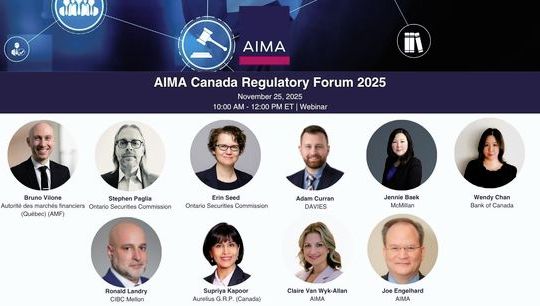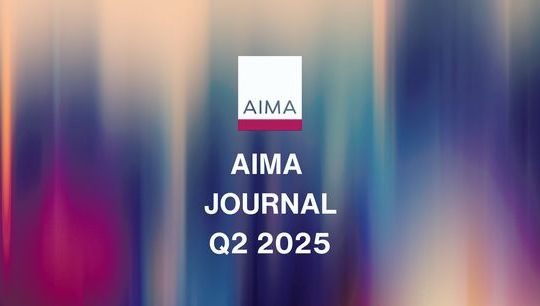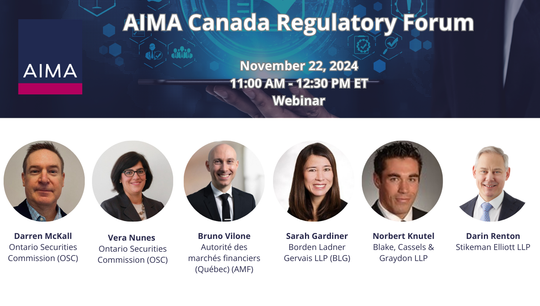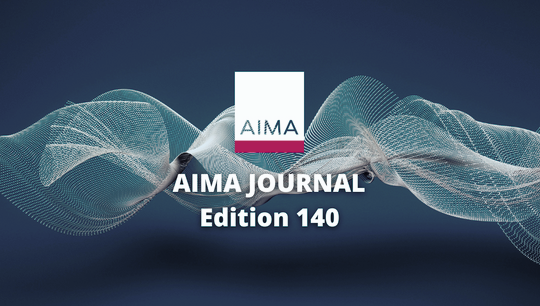Holistic surveillance – To trading activity and beyond
By Matthew Girandola; Eddie Cogan, ACA Group
Published: 30 November 2021
The growth of the alternative investment management industry and the steady march of technological innovation are beginning to converge with greater emphasis. Catalysed in part by the recent global pandemic, managers have demonstrated an increasing reliance on technology to proactively monitor and manage risk. These tools have empowered compliance and risk teams to allocate resources in a more efficient manner and to administer their compliance programmes more effectively.
The private sector is not alone in its appetite for technological innovation. Financial regulatory bodies across the globe have similarly demonstrated an increased reliance on technologies and systems to monitor, manage, and mitigate systemic risk. The US Securities and Exchange Commission (SEC), for example, has adopted tools and systems such as the National Exam Analytics Tool (NEAT) and the Market Information Data Analytics System (MIDAS), which rely on the application of sophisticated algorithms to market-wide trading activity to uncover anomalous or improbably profitable trading activity that, for example, may suggest trading on insider information. The SEC relies on these tools to target its examination efforts more effectively. Similarly, the UK’s Financial Conduct Authority (FCA) has recently indicated that it intends to allocate significant resources to developing its data and intelligence capabilities and to become “more data-driven to find and stop harm quicker…”[1]
These developments on the regulatory front continue to highlight that diligent and targetted monitoring, surveillance, and forensic testing are critical to meeting regulatory expectations, keeping pace with regulators’ own technological capabilities, and most importantly, preventing fraud.[2] Accomplishing this task demands that managers adopt a holistic approach to surveillance.
What is holistic surveillance?
A holistic surveillance programme combines surveillance technology with human expertise to normalise unstructured data sets from multiple sources, run sophisticated analytics, and evaluate the totality of information to obtain a comprehensive view of activity and behaviour.
Challenges of traditional compliance monitoring
Compared to a holistic surveillance approach, a traditional compliance monitoring programme, relying exclusively on human oversight and manual review, may incorporate a number of exercises, including, but not limited to:
- Manual trade surveillance, which may entail a periodic Excel-based review of a firm’s or individuals’ personal trading activity against a ‘restricted’ or ‘watch’ list
- Manual electronic communications surveillance, which may entail keyword-based and/or Boolean operator searches within a firm’s electronic communications archival system and a sample-based review of the resulting output
- Manual review of historical interactions with ‘expert networks,’ political intelligence consultants, or public company executives to evaluate whether inside information was improperly or inadvertently communicated
While these exercises represent valuable tools in a compliance professional’s surveillance toolbox, there are several potential drawbacks to this traditional approach.
- The inherent limitations of a manual or spreadsheet/keyword-based review will call upon the diligent compliance officer to navigate a minefield of false positives. This analysis demands incremental time, effort, and expense that could otherwise be channeled toward more productive and fruitful efforts. For example, if a hypothetical keyword search or Excel macro produces a sample of 200 data points (e.g., emails or trades) out of a universe of 1000, and 33% of that sample (66 data points) represents false positives, the compliance officer is operating at 66% efficiency and will require 50% more time to achieve the desired coverage rate.
- These reviews are typically conducted on a ‘lookback’ basis. Depending on the testing cadence, it may be possible for a potential issue to go unnoticed for a week, month, or quarter. Issues that are unearthed in close proximity to when they occurred are more easily addressed than those that are only revealed later down the line – potentially by a regulator.
- Traditional surveillance programmes and their stewards may tend to review the outputs from these exercises in a siloed manner – as disparate and distinct pieces of information spread out across different systems. Perhaps in a vacuum, the content of an email appears benign. Perhaps the execution of a trade suggests business as usual. Perhaps a review of the interaction with public company management reveals nothing noteworthy. However, viewed holistically, with the aid of technology these pieces may come together as a mosaic to reveal patterns that would otherwise be impossible for the human eye to detect - our cognitive abilities to see patterns in large amounts of unstructured data are inherently limited.
A holistic view of surveillance – one aided by technology – can resolve these drawbacks and empower the compliance officer to execute his or her surveillance with greater efficiency, efficacy, and clarity – especially as firms continue to rely more heavily on electronic communications platforms in light of remote or hybrid work structures.
Finding clarity, focus, and accuracy through technology
Now more than ever, firms are adopting technological solutions that leverage a combination of sciences to triangulate understanding of risk associated with people, their communications, and their behaviour. For a prime example, machine learning algorithms are being deployed to integrate trade or investment events with communications’ meta-data to uncover behavioural signatures indicative of actions such as fraud. Finely-tuned behavioural algorithms can understand and map how people connect, uncovering the networks that underpin business, highlighting unhealthy relationships and in many cases predicting risk.
Developed and implemented in a number of ways, these algorithms are vastly superior to a manual surveillance approach. False positives are reduced or eliminated with increased resource efficiency. Issues are identified in near-real time, allowing the compliance officer to react to problems well before they are flagged by a regulator. Hidden but noteworthy patterns across large quantities of unstructured data, housed in disparate systems, are clearly revealed through the sophistication of technology.
While regulatory expectations continue to drive managers’ interest in these tools, firms should also consider the commercial case for their adoption. It is not uncommon for sophisticated institutional prospective investors (for example, allocators, outsourced chief investment officers (OCIOs), family offices, pension funds, etc.) to review a managers’ compliance programme with rigor that matches or exceeds that of a regulatory body. The perception by these investors that a manager’s compliance programme is deficient in light of market practices and/or regulatory expectations may compromise the relationship. Consequently, the incentives for managers to adopt a strong, holistic approach to compliance surveillance rest somewhere between the public and private domains.
There are many reasons to support the adoption of a holistic surveillance programme. It is more effective and efficient compared to traditional methods of oversight. Regulators expect it as an expedient for preventing fraud, revealing it quickly, and otherwise adhering to regulations. Similarly, institutional investors may be more comfortable selecting a manager who leans into this philosophy.
[2] According to the 2021 Investment Management Compliance Testing Survey co-sponsored by ACA Group featuring 350 respondents, the number of firms who indicated that Electronic Communications Surveillance testing falls within the top ten most important areas increased by 19% from 2020-2021.






